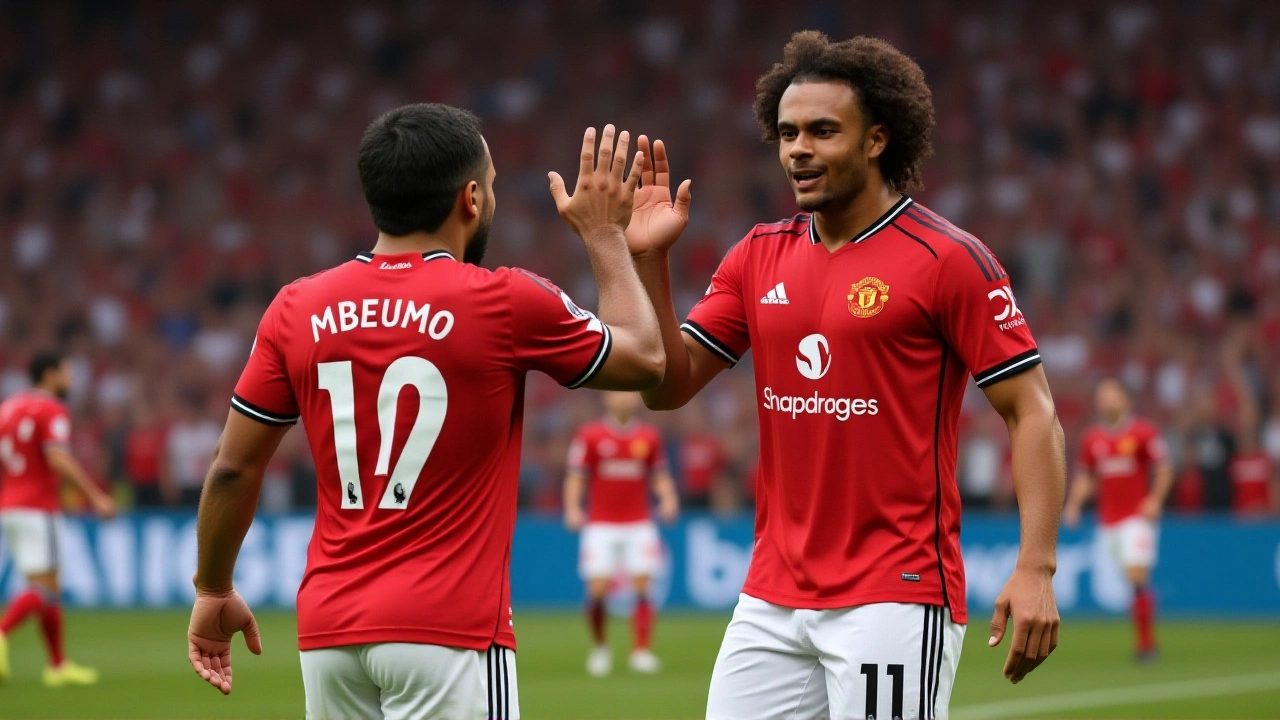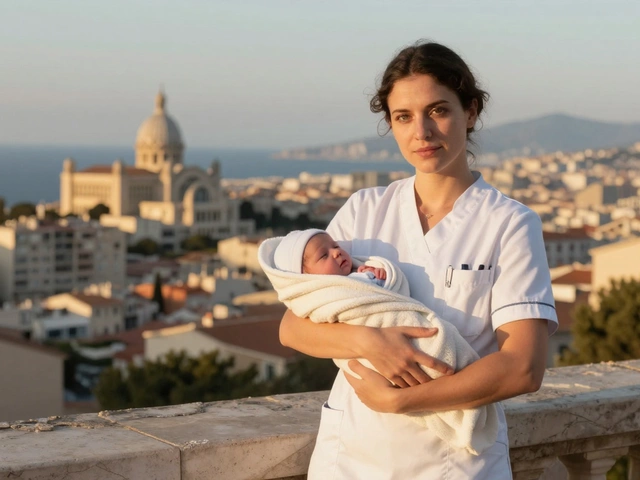When Romelu Lukaku stepped off the plane in Naples on November 10, 2025, he wasn’t just coming home—he was returning to a team that had learned to play without him. The 32-year-old Belgian striker, sidelined since August 18 after tearing his rectus femoris during Napoli’s preseason clash with Olympiacos FC, has completed the bulk of his rehab in Belgium and is now back in Italy for the final push. The injury, diagnosed as a high-grade muscle tear with partial tendon damage, had originally been projected to keep him out for 100 days. But now, with just 77 days behind him, the timeline is accelerating—and so are Napoli’s hopes.
From Belgium to Naples: The Rehabilitation Shift
Lukaku spent the first six weeks of his recovery in his native Belgium, working closely with local physiotherapists and Napoli’s remote medical staff. But as his progress outpaced expectations, the club brought him back to their Naples training complex. "He’s no longer just healing—he’s relearning how to run," said one source close to the medical team, speaking anonymously to Mediaset. "The muscle is healed. The tendon’s stable. Now it’s about power, acceleration, and confidence in cutting movements. That’s the hard part." According to Calciomercato, Lukaku has been training on the side for over two weeks, participating in light ball work and low-impact conditioning drills. He’s not yet cleared for full contact, but he’s jogging without pain, a key milestone. The goal, as confirmed by multiple Italian outlets including FootItalia and RotoWire, is to have him ready for the Supercoppa Italiana, scheduled for December 18–22, 2025. An estimated return date of December 14, 2025, has been floated by RotoWire—a date that would give him four days of full-team training before the match.Who Held the Line in His Absence
Without Lukaku, Napoli’s attack looked different. Rasmus Hojlund, the 21-year-old Danish forward signed from Manchester United in the summer, has emerged as a surprise starter. He’s scored three goals in six Serie A appearances since August. Meanwhile, Lorenzo Lucca, the 24-year-old Italian striker on loan from Pisa, has delivered gritty performances, often playing as a target man in Conte’s 4-2-3-1 system. Napoli briefly explored adding a striker in September, with interest in Ciro Immobile and Andrea Belotti, but both deals stalled due to age and wage concerns. "We didn’t want to disrupt the chemistry," said Napoli’s sporting director in a November interview with Goal.com. "We believed in Lukaku’s return. We just needed someone to bridge the gap—and Hojlund did that better than anyone expected."What’s at Stake for Napoli
Lukaku’s absence has cost Napoli dearly. He missed 16 Serie A matches, three Champions League group stage games, and two Coppa Italia fixtures. In those games, Napoli dropped points against Lazio and Juventus and scraped past lower-table sides. His physical presence, aerial dominance, and hold-up play were irreplaceable. Even when he wasn’t scoring—like in his last game before injury, a 2-0 win over Cagliari where he had one goal and three shots—he created space for others. Now, with Napoli sitting third in Serie A and top of their Champions League group, the return of Lukaku could be the spark they need. Antonio Conte, known for his meticulous preparation, has been running drills with the squad focused on quick transitions through the center—exactly where Lukaku thrives. "He’s not just a finisher," Conte told La Gazzetta dello Sport in October. "He’s a distraction. A magnet. When he’s on the pitch, defenders forget about the others. That’s priceless."
Historical Context: Lukaku’s Career and Injury History
This isn’t Lukaku’s first major setback. In 2021, he missed three months with a hamstring tear at Chelsea. In 2023, a knee sprain kept him out of Euro 2024 qualifiers. But this is his most serious muscular injury since 2019, when he fractured his metatarsal at Inter Milan. What’s different this time? Age. At 32, recovery isn’t just about healing—it’s about rebuilding. His 327 career goals across 578 appearances are a testament to his durability, but the body doesn’t bounce back like it used to. Napoli’s medical team, led by head physio Dr. Luca Mancini, has taken a conservative approach. No surgery. No aggressive injections. Just rest, gradual loading, and neuromuscular retraining. "We’re not rushing him for a game," Mancini told Il Mattino. "We’re preparing him for the next five months. If he’s ready for the Supercoppa, great. If not, we’ll wait. The Champions League knockout stages are the real target."What’s Next?
Lukaku’s next milestone: a full 90-minute training session without discomfort. That’s expected by December 7. If he clears that, he’ll likely play 45 minutes in Napoli’s final friendly on December 10. The Supercoppa Italiana—against either the Serie A champion or Coppa Italia winner—will be his first competitive outing since August. If he returns on schedule, he’ll face a steep challenge: catching up with the rhythm of Serie A, where tempo has accelerated without him. But if he does? Napoli’s title hopes, and their Champions League quarterfinal aspirations, suddenly look far more realistic.Frequently Asked Questions
How serious was Romelu Lukaku’s thigh injury?
Lukaku suffered a high-grade tear of the rectus femoris muscle with partial tendon damage—a severe injury that typically requires 10–14 weeks to heal. Unlike a simple strain, this involves structural tearing of the muscle-tendon junction, making it prone to re-injury if rushed. His conservative, non-surgical approach was chosen to avoid long-term complications, but it also demands meticulous rehabilitation.
Why did Napoli bring him back to Italy instead of letting him recover in Belgium?
While initial rehab was handled remotely with Belgian specialists, Napoli’s medical team needed direct access to their high-tech recovery facilities—hydrotherapy pools, cryotherapy chambers, and real-time biomechanical analysis tools. The club also wanted to integrate him into their tactical drills early, ensuring he’d be mentally and physically aligned with Antonio Conte’s system upon return.
Who is likely to start if Lukaku returns for the Supercoppa Italiana?
If fit, Lukaku will almost certainly start as the central striker. Rasmus Hojlund, who has been excellent, may shift to the right wing to accommodate Lukaku’s hold-up play, while Lorenzo Lucca could be used as a substitute impact player. Conte has indicated he’ll rotate based on opponent—Lukaku for physical teams, Hojlund for high-pressing sides.
How many matches will Lukaku miss if he returns on December 14?
He will have missed 16 Serie A matches, 3 UEFA Champions League group stage games, and 2 Coppa Italia fixtures. That’s 21 competitive games—nearly a third of Napoli’s season so far. His return will be critical for maintaining momentum heading into the winter break and the knockout rounds of Europe’s elite competition.
Could Lukaku still miss the Supercoppa Italiana?
Yes. While December 14 is the target, Napoli’s medical staff has made it clear they won’t risk re-injury. If he experiences any stiffness during his final training sessions, they’ll delay his return until early January. The club’s priority is his availability for the January transfer window and the second half of the Champions League campaign, not a single trophy match.
What does this mean for Napoli’s title chances?
Napoli are currently in third place, six points behind leaders Inter Milan. Lukaku’s return could be the catalyst they need—he’s scored 14 goals in 19 league games this season before his injury. His physical presence opens up space for midfielders like Piotr Zieliński and Giacomo Raspadori. Without him, Napoli’s attack has looked predictable. With him? They become one of Europe’s most dangerous counterattacking sides.


